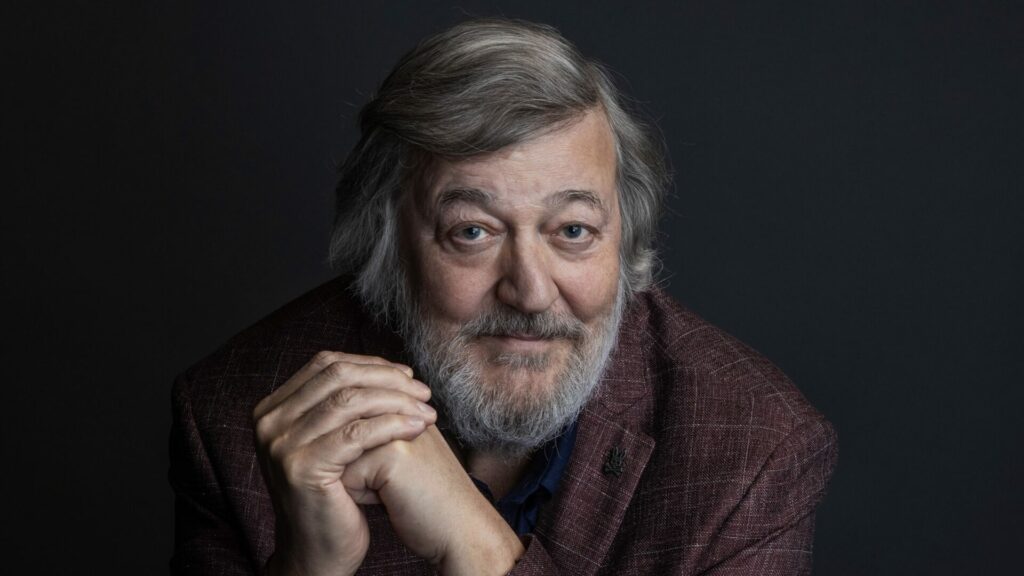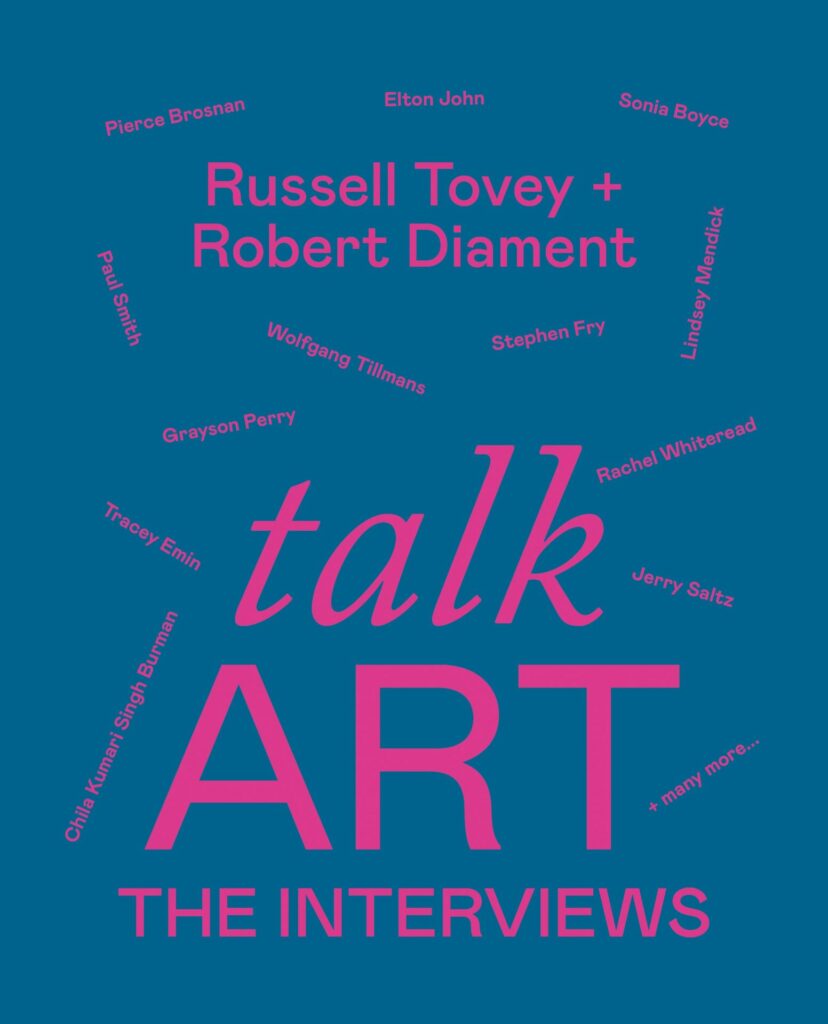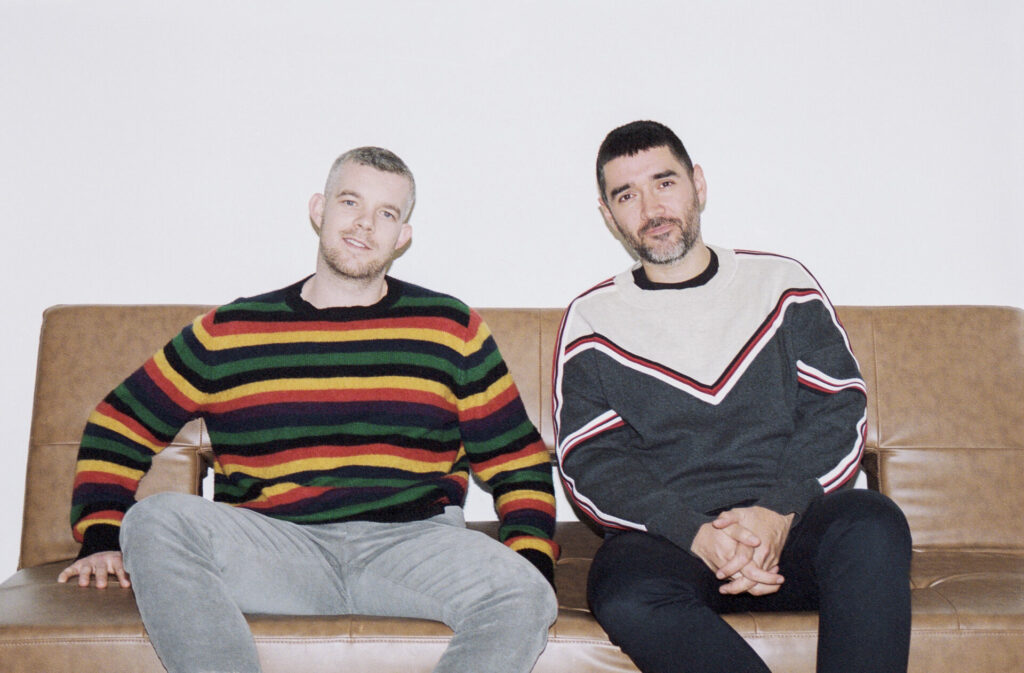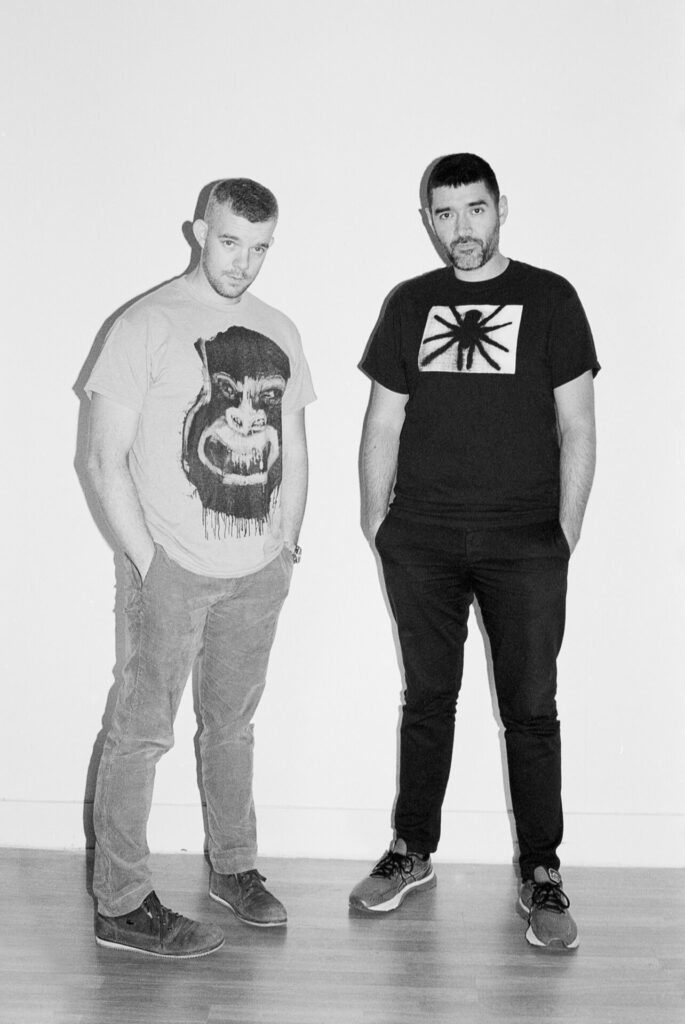Stephen Fry on growing up in Norfolk, Oscar Wilde, and his dream art heist
The legend of film and TV shares his love of art with Talk Art hosts Russell Tovey and Robert Diament in this extract.

One of the most recognisable faces in British culture, Stephen Fry always has lots to say about everything.
Talk Art podcast hosts Russell Tovey and Robert Diament were aware of this going into their interview with the legendary figure. They refer to him as a “human Google.” And he did not disappoint.
In their brand new book, Talk Art: The Interviews – out on 11 May – Tovey and Diament take highlights from some of their favourite interviews on the Talk Art podcast.
In this exclusive extract, Fry tells the Talk Art hosts about growing up in rural Norfolk, getting into art, and which masterpiece he’d go for in an art heist.

Chapter 6 – Stephen Fry
Russell Tovey: So how did you get into art? What was your route in? You said you took history of art at school and a book by Ernst Gombrich [The Story of Art] meant a lot to you. How did that play into your kind of upbringing?
Stephen Fry: I grew up here in this county of Norfolk. There’s a good phrase. Sydney Smith, the 19th-century wit, was once moved to Yorkshire by his bishop. And he wrote a letter to someone saying, ‘You ask what it’s like here in the country. I think I can best answer that question by saying, I am simply miles from the nearest lemon.’ And I grew up miles from the nearest lemon, and miles from the nearest shop, and miles from the nearest anything. So, all I had was my parents’ books and churches nearby. And so, I developed a visual language of churches and stained-glass windows, and of the art books my parents had, and going into Norwich Castle Museum, and they had a few [John] Constables and they still have some good artworks there and some exhibitions. And so it was just something to make life more interesting.
Because I wasn’t a young farmer, there were those around who would just go on hay balers all the time and be rural. And although I quite liked the countryside, I didn’t like it in a farming and agricultural way, and I yearned for contact with something. So, there was books: one of the great influences early on was Oscar Wilde and he, of course, had friends who were painters. There’s a marvellous painting by [William Powell] Frith called The Opening of the Summer Exhibition at the Royal Academy [A Private View at the Royal Academy], do you know it? It’s a fantastic painting of this hugely crowded, great room at Burlington House, the Royal Academy, and in the centre of it is Oscar Wilde with an orchid in his buttonhole looking at a picture. And I’ve since collected a few letters that Wilde wrote to people.
RT: Wow.
SF: And in two of them, he says…it’s his way of signing off, ‘It has been too long. Let us soon, for God’s sake, go and look at pictures together.’ I love that phrase ‘go and look at pictures together’. It was one of the things that he did; he wrote about art brilliantly.
So yes, then I became just so interested and curious about the whole business of pictures and the extraordinary moment, which still fascinates me – I say ‘moment’; it’s obviously more than one moment but it is a relatively short space of time – between the end of what you might call the figurative, representative, assured, comfortable world of art and painting and modernism: the fractured, fragmented, conceptual, deliberately confused and confusing turn that all art took, not just the visual arts, but music too…in terms of classical music, from Wagner to Stravinsky, and from Stravinsky to Schoenberg and Stockhausen.
And, in painting, from Cézanne to Matisse and suddenly Picasso and Braque. And then the breaking of the image, the fracturing and there are ways of explaining it in an academic sense. You could say that it also coincides with Freud taking the conscious, steering self out of the human psyche and replacing it with an unknowable subconscious that was driving impulses and behaviours beyond our conscious ability so that the subject, the controlling steering wheel of the self, was thrown away. And at the same time, Einstein was taking out a mechanical stability out of the universe. And so, you could sort of argue that everything was up for grabs.
It’s funny that we still use the word ‘modernist’ of something that is well over a hundred years old now. There’s a greater gap between us and modernism, and modernism, and [Joseph Mallord William] Turner. And yet we still say ‘modernist’ because the world just changed, didn’t it? And technology…of course, electricity came in at the same time. So electricity, relativism, and then obviously the First World War threw out all kinds of certainty, and political hierarchies were thrown out as well. And whether the art came first, and then politics and society disintegrated? Are artists the visionaries who see it coming and indeed might even be partly responsible for it? Certainly, [Percy Bysshe] Shelley, in his case, thinking of poetry, said, ‘Poets are the unacknowledged legislators of the world.’

Robert Diament: Wow, yeah.
SF: That they find the laws and they describe the world as it is. And politicians can’t do that. Artists can and they’re never thanked for it, of course, because if Picasso and Braque and Matisse and others showed that the world was fragmented and disintegrated and unknowable, and was facades and angles and there was no true perspective and no solid, sound, Victorian, grounded truth in an image, it had to be broken up to try and explain what it was.
They were never thanked for it, but of course they were right. And history has vindicated it. If you look at what the bourgeois tabloids said about Picasso, they said exactly the same about Tracey [Emin] and Sarah [Lucas] and Damien [Hirst], the YBAs [Young British Artists]. The same language, the same kind of ‘Oh, so tiresome. How are we supposed to? Oh, so people die, do they? I think we knew that!’
RD: That’s the thing, isn’t it? I think art is always ahead of the game, but I think that is actually the difference between entertainment, which often does have success in its time, and art, which often gets discovered at a later point, which is why you’re getting so many older artists constantly discovered these days.
SF: The old Latin tag is ‘Vita brevis ars longa’, ‘Life is short, art is long’.
RT: It’s true. Art’s there forever. Art survives. So, we’re talking about Oscar Wilde. Obviously, he’s played a massive part in your life. What do you think is Oscar Wilde’s overarching effect on the art world in general?
SF: Enormous, I think, because he believed in art as being the primary moral force of humanity, and it seems a trivial thing sometimes when he makes a great play about it. For example, when he was in America as a young man, he did a lecture tour. He gave lectures on Benvenuto Cellini, the Renaissance silversmith, and on what he called ‘The House Beautiful’. Probably the first time anybody’s ever given a series of lectures on what we’d now call interior decoration.
He gave these talks and he acquired quite a reputation because no one had ever heard anyone speak like this and speak with such passion and a sense of the momentous importance of art. And he was asked when he was in Chicago…have to remember that we’re talking about the late 1870s, early 1880s, when America had just emerged from what was the bloodiest war that had ever been conducted on the planet. Not only that, there was the incredible explosion of violence in the West, the massacre of the Native American populations. And there was the rise of gang culture in Chicago and New York. It was all happening.
And Americans, intelligent, sensitive Americans, were wondering why their country, which was only just a hundred years old and was founded in the most harmonious, optimistic and idealistic terms, founded on
Enlightenment principles of beauty and harmony and fairness and justice – it was going to be the ideal new country – why was it so bloody? It was a real problem that Americans were constantly asking themselves. So here comes this European intellectual in the form of Oscar Wilde. So, they said, ‘Mr Wilde, do you have a view as to why America is so violent?’ And he said, ‘Oh yes, I know perfectly well, why you’re so violent… It’s because your wallpaper is so ugly.’

RD: It’s so true, though!
SF: But actually, he was speaking out of the history of the Aesthetic Movement. Walter Pater, John Ruskin, and other great figures had made the point about the morality of art, the morality of beauty, is that if a human being looks at nature, every single thing they see is kind of unconditionally beautiful, whether it’s the Arctic or the desert wastes or the waterfalls and the oceans… Everything is beautiful. But so much, especially in the late-Victorian world and America, so much of what made was ugly.
It was smoke and degradation and filth and meanness… it was ugly. And his point is that, if you belong to a species that thinks all it can do is uglify the world into which it was born, the beautiful world to which it was born, then you were born with a sense of guilt and of not belonging, and of course violence and self-hatred are the natural consequences of ugliness. That ugliness is a great sin.
I’m not saying all art has to be pretty, by no means, but it has to be truthful. As John Keats famously said, ‘A thing of beauty is a thing of truth’. Even a great work of art that’s ugly is usually beautiful because it expresses the truth and that’s a beautiful thing for it to do. Even the spiciest, most tricksy, and difficult works of art, if they are truthful, there’s a terrible beauty to them. And that’s a phrase of [W.B.] Yeats’s, isn’t it? ‘A terrible beauty’.
RT: If you could do an art heist, what would it be?
SF: Oh that’s so good, isn’t it? I think I would go to that Velázquez, Portrait of Pope Innocent X, actually. Because it’s huge and magisterial, and it would be such an up yours to the world!
RD: That’s currently in Rome, isn’t it?
SF: Yes. Or there’s one which is again an artist I had the pleasure of knowing, not very well, but enough to give a hug to when I met him. He died a few years ago, Howard Hodgkin. There’s a painting by him called A Bed in Venice; it’s green and red, like a lot of his work. It’s so beautiful, because it’s that lickable paint; you just feel you could absolutely dive inside it. It’s just a thing of absolute beauty, it’s almost abstract. You can see that maybe there is a red bed there. I think it’s a bed in a hotel room in Venice; I think that’s the idea of it. It’s huge amounts of green and red. He was a charming man.
Talk Art: The Interviews by Russell Tovey and Robert Diament is out on 11 May. It’s available at octopusbooks.co.uk and hachette.co.uk.
